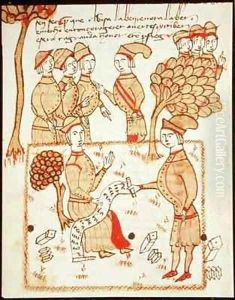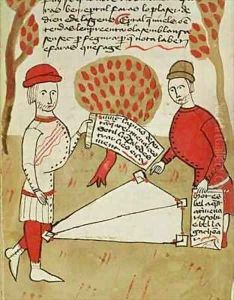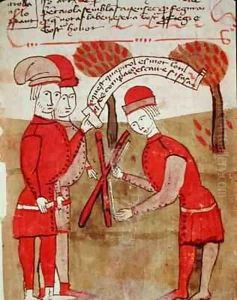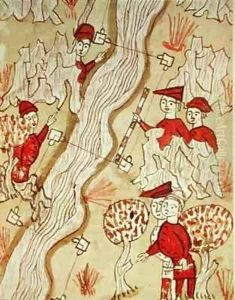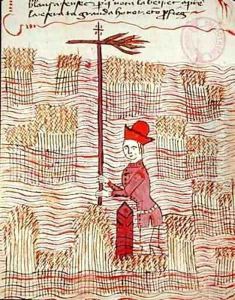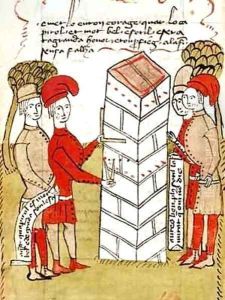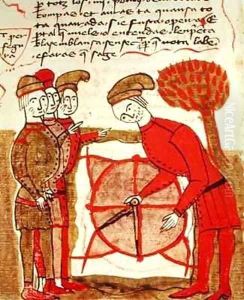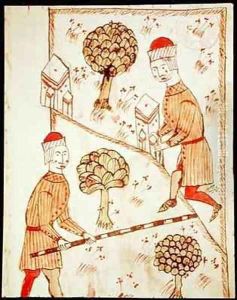Bertrand Boysset Paintings
Bertrand Boysset is not a figure who is well-known in the field of the visual arts, for he was not a painter, sculptor, or architect whose artistic contributions would be documented within the history of art. Instead, he is known for his work as a chronicler and notary in Arles, France, during the late 14th and early 15th centuries. His major contribution is the 'Chronique d'Arles', a detailed account of the events and daily life in Arles and the surrounding region between 1384 and 1415.
Boysset's work provides valuable insights into the urban, social, and economic history of the period. His chronicle is a rich source of information about the governance of the city, the impact of wars and plagues, religious practices, and the lives of both the nobility and common people. While his writing is not considered a work of art in the traditional sense, it is a form of historical 'art' in its ability to convey the past to modern readers and historians.
Although Boysset was not an artist, understanding the context of the time period he documented is crucial for art historians. His chronicles can shed light on the conditions under which artists of his time lived and worked. The late 14th and early 15th centuries were marked by the International Gothic style in art, which was characterized by elegant and detailed representation, often with an emphasis on courtly grace and beauty. This style was prevalent in manuscript illumination, panel painting, and other decorative arts across Europe, including the region where Boysset lived and wrote.
There is limited biographical information about Bertrand Boysset's personal life. The exact dates of his birth and death are not precisely known, but it is generally believed that he was born around 1355 and died around 1416. His work, however, remains an important historical document, contributing to our understanding of the social and cultural environment of southern France during the period leading up to the Renaissance.
